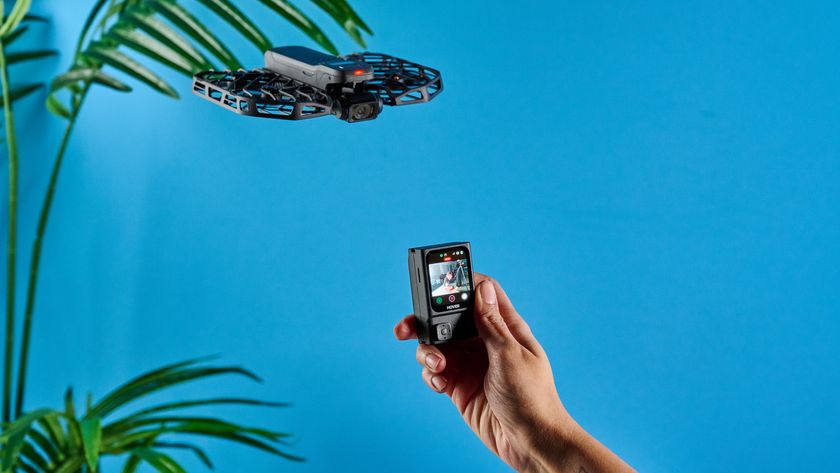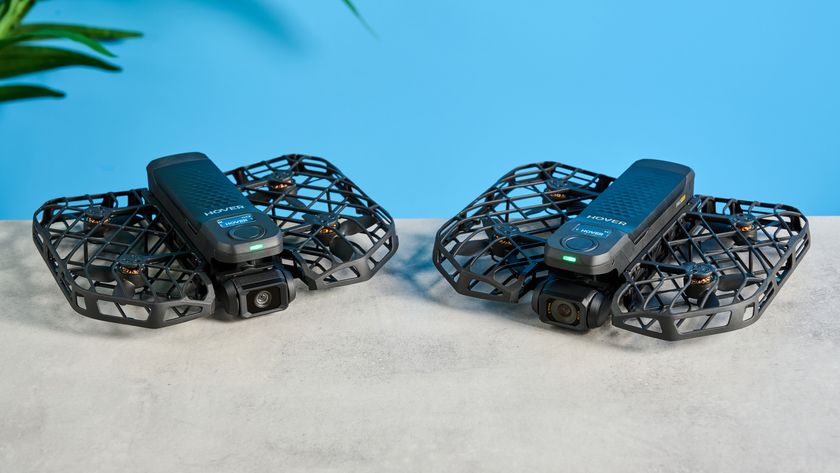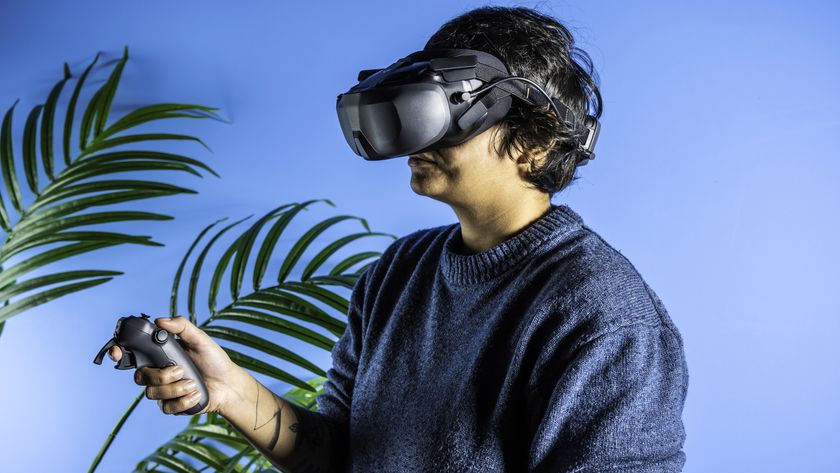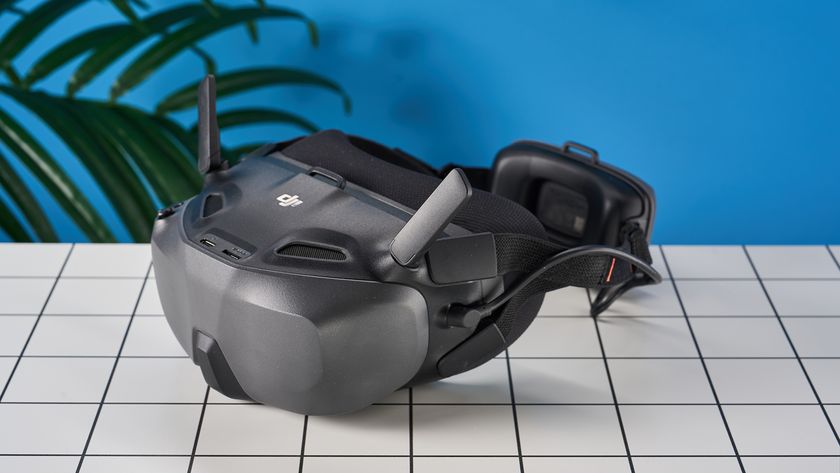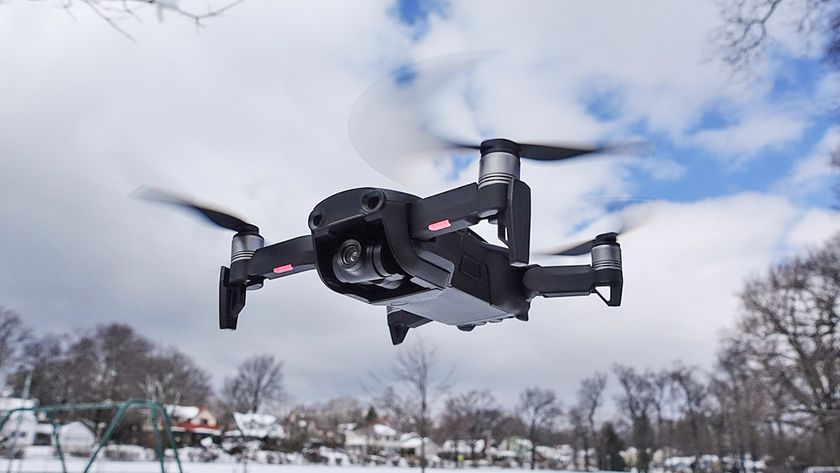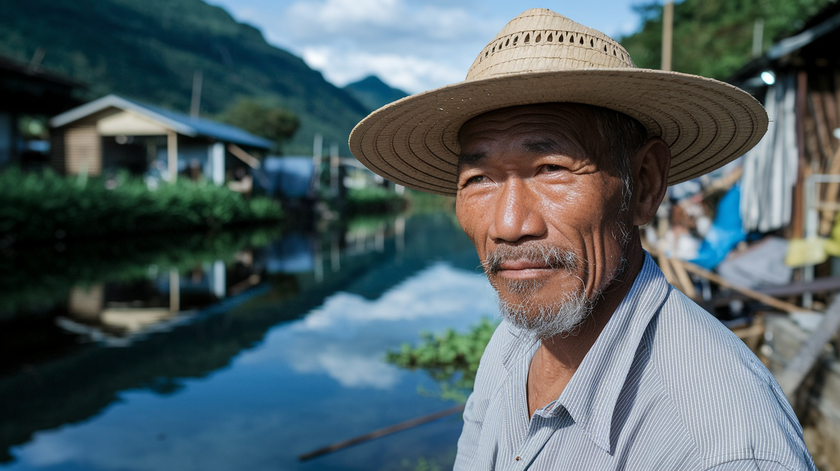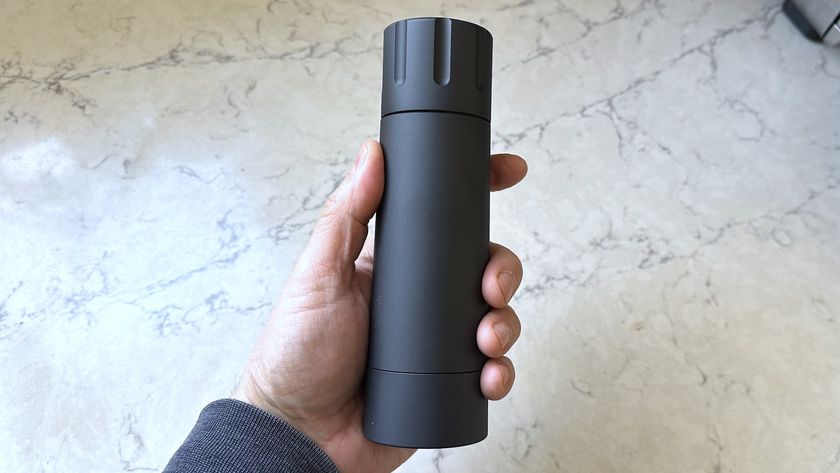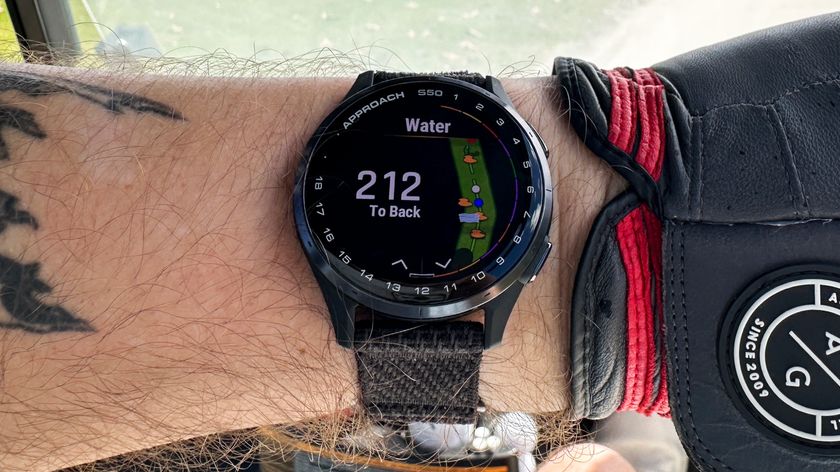DJI's New First-Person Viewing System is a Drone Racer's Dream
The future of drones is here
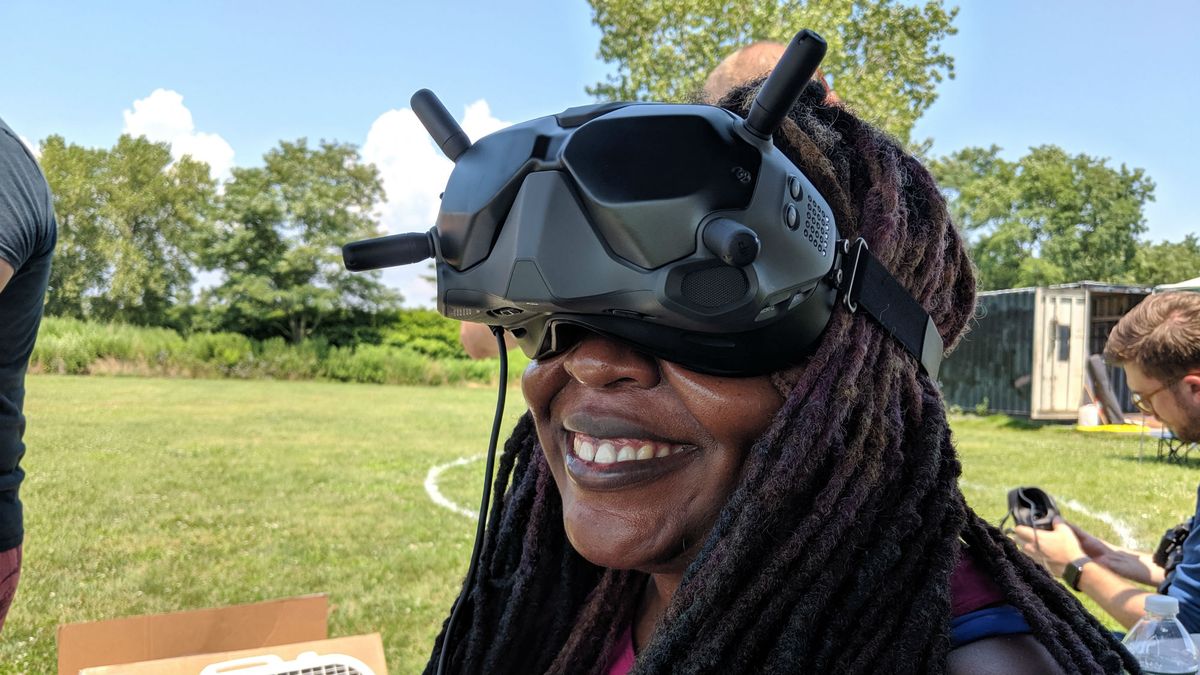
The future of drone racing lies with DJI. The company just unveiled the Digital First Person Viewing (FPV) Transmission System, a complete ecosystem that encompasses goggles, a camera, remote control and a transmission system.
Available in stores now, the drone system starts at $819 in a package dubbed the FPV Experience Combo which includes the FPV goggles, 2 FPV cameras and Air Units, plus all the necessary antennas and cables. The Fly More Experience costs $929 and features everything in the previous combo and throws in the remote controller.
I had a chance to get a birds-eye experience with DJI’s new gear and it’s a huge step forward for the technology.
Smoother, Better Drone Racing
Professional drone racers and enthusiasts alike use goggles to fly their drones so they can see what the camera mounted on the device sees. In practice, it looks like you’re in the cockpit of your own personal plane. DJI’s new digital FPV goggles offer three modes for your viewing pleasure: racing, standard and LED.
Racing is what most racers will use on the course as it offers a higher saturation rate. That means it’ll be easier to see those brightly colored obstacles. If you want to capture video, standard mode is ideal as it cuts down on color loss and does the best job of getting details. LED mode is primarily designed for low light situations. It reduces image noise and increases saturation, making it easier for pilots to keep track of their drones.
For my demo, I wore the goggles in racing mode as someone with actual experience flew the quadcopter. I was impressed by the 1080p, 60 frames-per-second footage that the FPV camera on the drone relayed back to the goggles. The grass was a beautiful emerald green with yellowish-brown patches. A couple of loop-de-loops showed off the bright blue sky dotted with fluffy clouds. The 150-degree viewing angle meant that I got the full brunt of the several barrel rolls without any of the stomach-churning vertigo. It all seemed so natural.
But then I switched out the swanky digital goggles for a pair of analog ones. It felt like I was watching an old VHS cassette from the ‘80’s. Not only was the image quality grainy, the color was lacking. Where the digital goggles delivered an explosion of color, the analogs had a gray pall over the scene. There were times when the color completely drained from the scene right before large gradient lines appeared and the picture cut out in a mess of snow.
Another point for the digital goggles, the microSD slot. That means you can record all of your flights in full HD right on the headset.
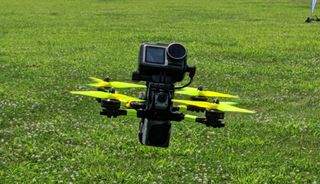
Seamless Communication
So how is DJI delivering such smooth video to goggles over 2.5 miles away? The company has integrated its HD Low Latency FPV Transmission technology, which is a two-way communications system that enables stable, seamless signal connection. Claiming a latency of 28 milliseconds the HDL technology, the digital signal is capable of delivering a clear 720p image at 120 fps. And for difficult conditions, “Focus Mode” can be enabled so the signal can be narrowed to the center of the frame, to counteract any interference.
The HDL tech also supports up to eight 5.8GHz frequency channels, allowing eight drones to fly under one system. It allows the googles, air unit, camera and remote control to communicate seamlessly. Even better, you can adjust the other three component via the goggles, so pilots can adjust settings on the fly and focus on keeping their drone in the air.
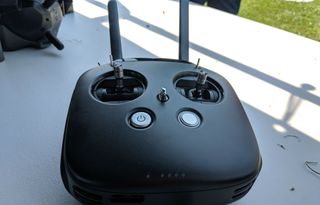
Bottom Line
With barrel rolls, loop de loops and incredibly smooth video, DJI’s new HD Low Latency FPV Transmission technology makes me want to invest in a drone. The company has created an ecosystem that will make flying drones a lot smoother and frankly a lot more fun with such clean video. It’s pricey, but for people passionate about drones, it’s a small price to pay.
Sign up to get the BEST of Tom's Guide direct to your inbox.
Get instant access to breaking news, the hottest reviews, great deals and helpful tips.
Sherri L. Smith has been cranking out product reviews for Laptopmag.com since 2011. In that time, she's reviewed more than her share of laptops, tablets, smartphones and everything in between. The resident gamer and audio junkie, Sherri was previously a managing editor for Black Web 2.0 and contributed to BET.Com and Popgadget.
